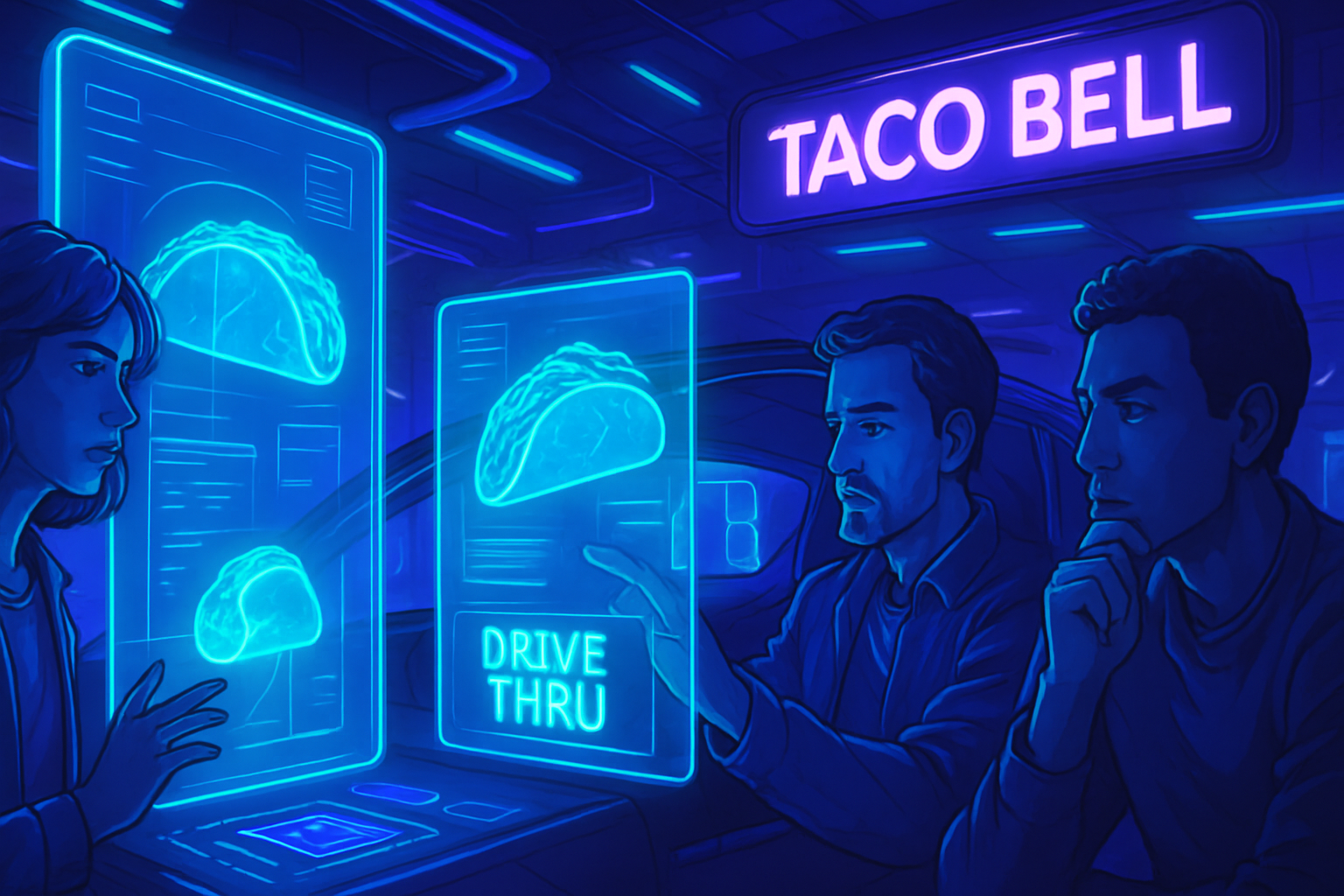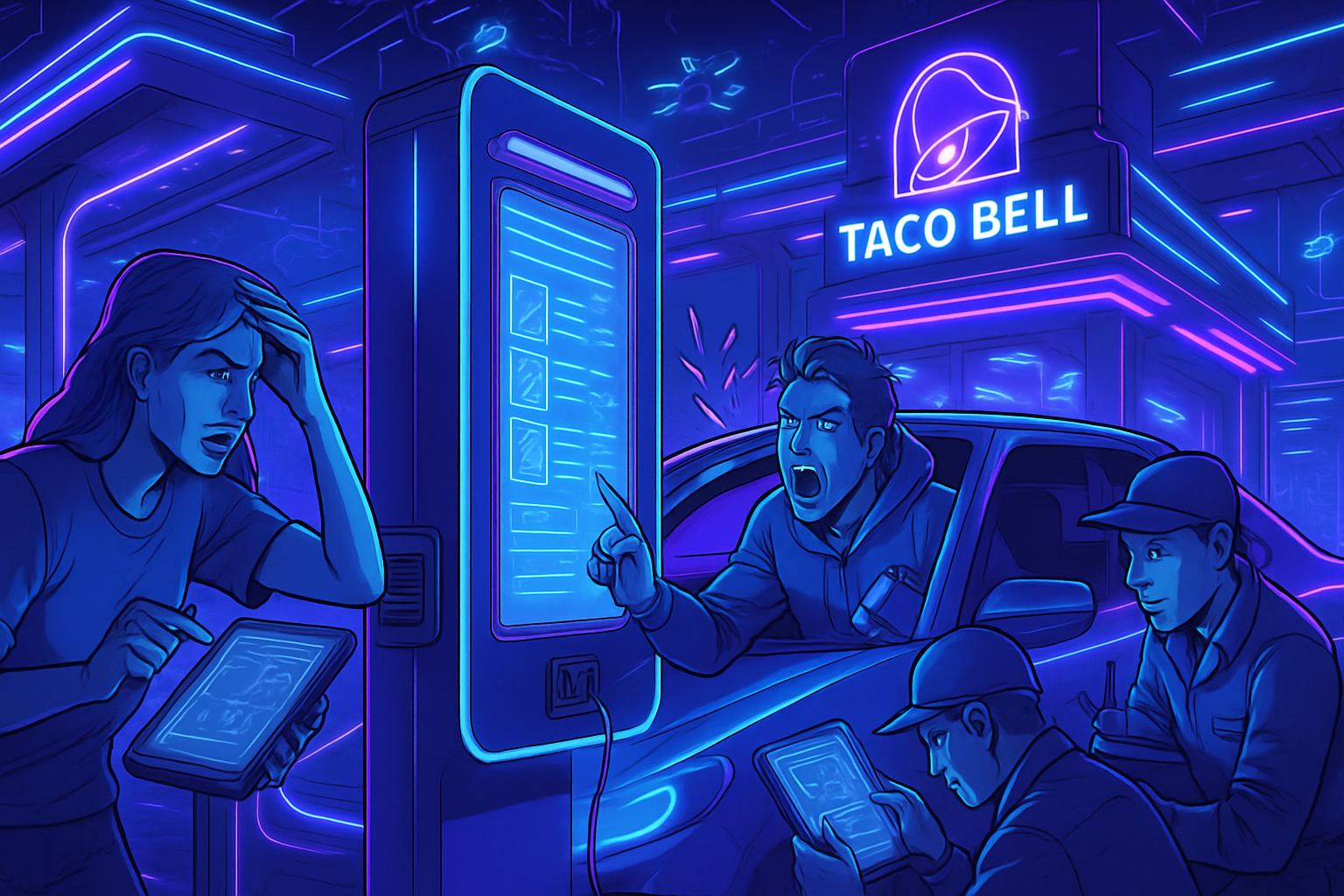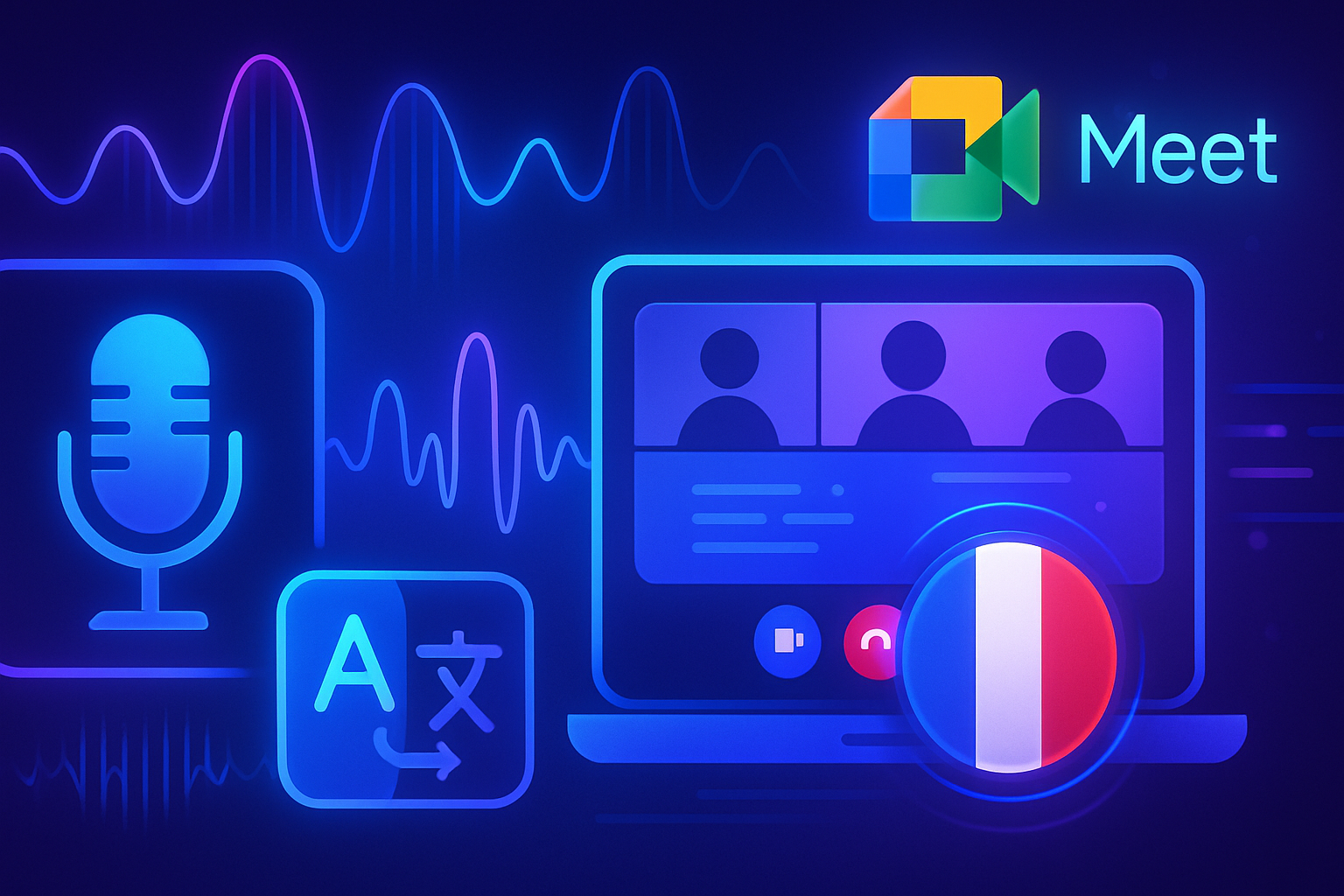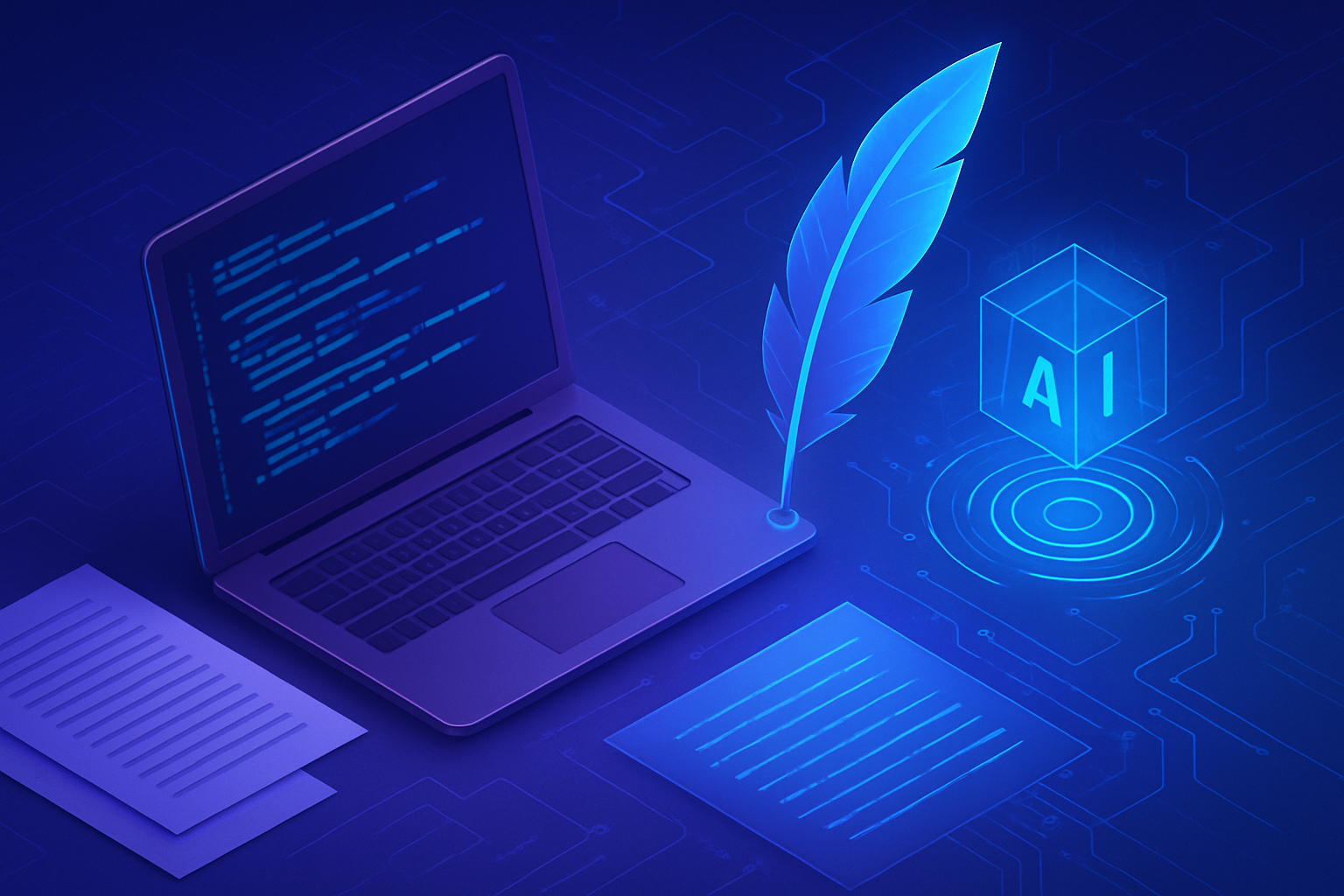The advancements in artificial intelligence are now an integral part of the aerospace field. Many sectors of aviation have already begun to use automated pilots or drones for various tasks. However, the question arises: could military F-16 fighters soon be piloted by artificial intelligence, thereby making human pilots obsolete?
The VENOM-AFT project (Viper Experimentation and Next-gen Operations Model – Autonomy Flying Testbed) led by the US Air Force is exploring the possibilities of developing autonomous flight capabilities for F-16 fighters. However, unlike a drone, these aircraft would not be remote-controlled but would have an artificial intelligence capable of piloting them autonomously.
The VENOM-AFT project has already reached several key milestones by developing the necessary components for automating the flight of the F-16s. The US Air Force recently sent the first three fighter jets to Eglin Air Force Base in Florida to conduct the initial test flights. These tests are still conducted with a human pilot present who observes and can take control of the aircraft if necessary.
The project leaders are categorical: although artificial intelligence handles the maneuvers, a human pilot must always be on board to supervise and activate or deactivate specific algorithms. In the VENOM program, the goal is therefore to combine the autonomous flight capabilities of the aircraft with the judgment and experience of human pilots.
Operator-pilots will play a crucial role in evaluating and refining the reactions of the artificial intelligence. Their feedback will help improve the decisions made by the AI during flight and in various situations. It is important for the AI to make appropriate decisions and to react adequately depending on different circumstances.
The Secretary of the US Air Force, Frank Kendall, even announced his intention to board one of these autonomous aircraft later this year, accompanied by an operator-pilot. This demonstration aims to showcase the progress made thanks to artificial intelligence, reflecting the level of trust placed in these autonomous aircraft.
It is worth noting that this work falls within a broader framework, that of the Collaborative Combat Aircraft (CCA) program. The CCA aims to develop autonomous systems that will support human pilots in military operations, without replacing them. The goal is to improve pilots’ chances of survival by allowing them to rely on intelligent drones capable of handling certain tasks.
A major concern of the US Air Force is seeing other foreign powers, notably China, rapidly advancing in the development of intelligent drones. It is therefore crucial for the United States to stay ahead in the technology race to maintain their military superiority.
In conclusion, while advancements in artificial intelligence open new prospects for military aviation, the objective is not to replace human pilots, but rather to support them and enhance their capabilities through effective collaboration with autonomous systems. F-16 fighters piloted by artificial intelligence seem to be an imminent reality, but human pilots will retain an essential role in decision-making and supervision of aerial missions.






